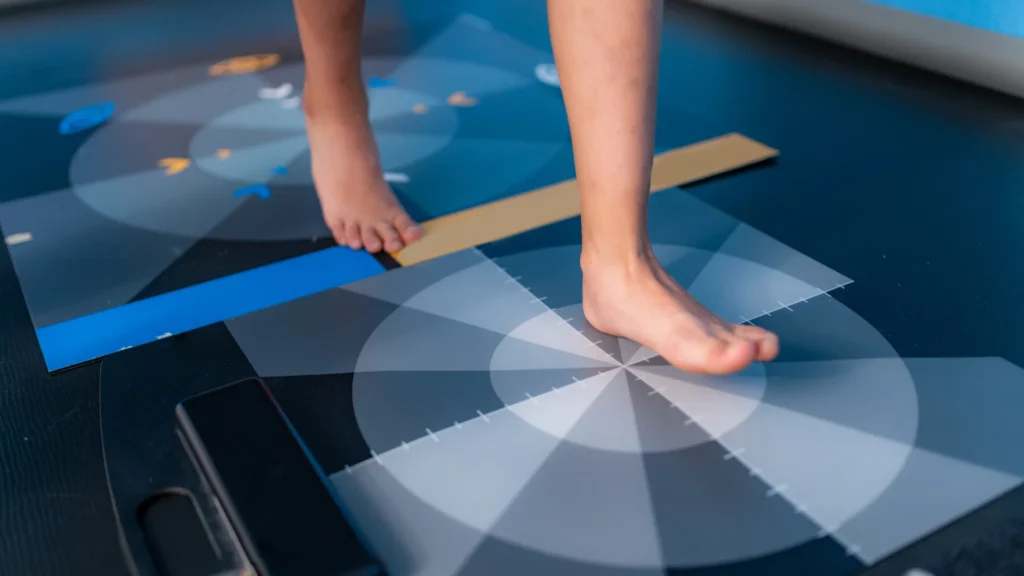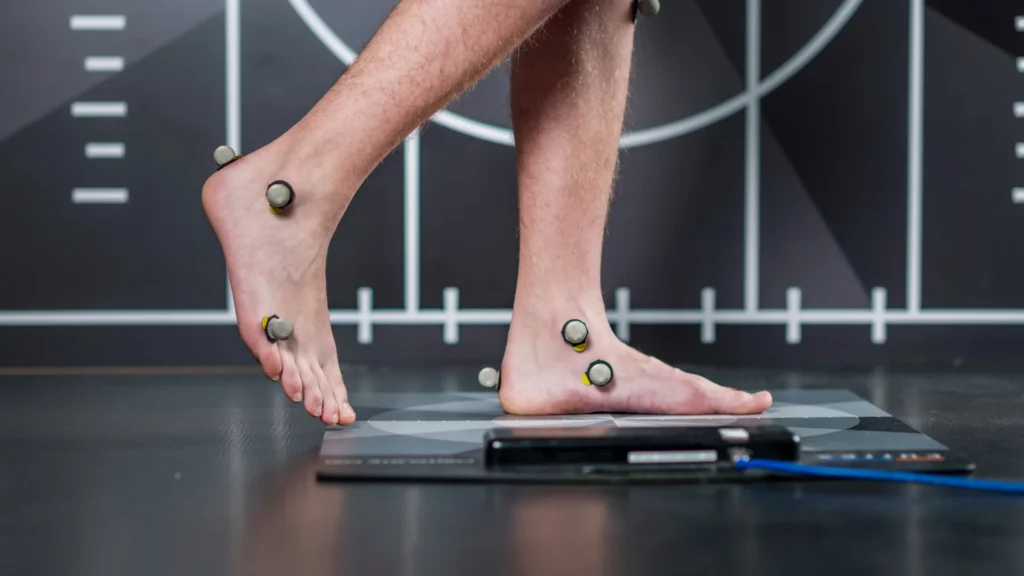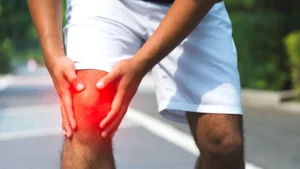Over the course of your journey to better foot health, understanding the process behind the creation of your custom orthotics can enhance your appreciation for their role in your comfort. This post provides an informative look at how your unique foot structure is assessed and how advanced materials and techniques come together to create a personalized solution just for you. From initial consultation to the precise crafting of your orthotics, you’ll discover the meticulous attention to detail that ensures a perfect fit tailored to your specific needs.
The Importance of Custom Orthotics
Custom orthotics play a significant role in enhancing comfort, alleviating pain, and improving overall foot health. They are meticulously designed to address your unique foot structure and walking mechanics, ensuring better alignment and distribution of pressure across your feet. This targeted support not only helps manage existing conditions like plantar fasciitis or flat feet but also prevents potential issues from developing over time, allowing you to maintain an active lifestyle without discomfort.
Understanding Foot Biomechanics
Foot biomechanics refers to the complex movements and functions of your feet during various activities such as walking, running, and standing. Each step involves intricate coordination of bones, muscles, and joints, impacting your entire body’s alignment and function. By understanding how your feet operate, custom orthotics can be tailored to correct abnormalities, reduce strain, and improve stability, fostering better health and performance.
The Benefits of Customization
Customization of orthotics ensures that they meet your individual needs based on your specific foot shape and lifestyle. Generic inserts may provide basic support, but they often fail to recognize the nuances of your body. Customized orthotics can be designed for your specific activities, such as running or standing for long periods, leading to greater comfort and enhanced performance.
For instance, if you have high arches, standard insoles may not provide the support you require, resulting in increased stress on your feet and legs. Custom orthotics, crafted from a detailed scan of your foot, offer precise arch support and cushioning tailored to your gait. This personalization not only improves comfort but can significantly decrease pain levels, enhance mobility, and even correct longstanding issues, ultimately contributing to your overall well-being and quality of life.
The Initial Assessment

The journey to your custom orthotics begins with a thorough initial assessment to determine your specific needs and any underlying issues affecting your feet and gait. This stage is necessary for crafting orthotics that provide optimal support and alignment tailored to your lifestyle and activities.
Patient Consultation
Your patient consultation involves detailed discussions about your medical history, lifestyle, and any specific foot-related problems you may be experiencing. This personal interaction helps the specialist understand your unique circumstances and set the groundwork for effective orthotic design.
Gait Analysis
During the gait analysis, a specialist evaluates how you walk and run to identify abnormalities in movement patterns. Using advanced technology, they capture the biomechanics of your gait, allowing for a precise understanding of how your feet interact with the ground and how this affects your body as a whole.
In the gait analysis, your walking pattern is recorded and observed using high-speed cameras and pressure sensors. The analysis typically measures factors such as stride length, pronation, and weight distribution across your feet. By pinpointing variations in your gait, specialists can detect issues like overpronation or supination that may lead to discomfort or injury. This data forms the foundation for developing custom orthotics specifically suited to enhance your stability and promote healthier movement.
Measurement Techniques
Accurate measurement techniques are vital in crafting your custom orthotics. This step ensures that the orthotics fit your unique foot structure, offering the best support and comfort. Different methods can be utilized to capture the necessary dimensions, each with its own benefits that can enhance the overall quality of your custom device.
3D Scanning Technology
3D scanning technology allows for precise capture of your foot’s shape and contours. Using advanced scanners, your foot is digitally mapped to create a three-dimensional model, ensuring that every arch and curve is accounted for. This level of detail leads to orthotics that fit accurately, enhancing their effectiveness and your comfort.
Manual Measurement Methods
Manual measurement methods involve traditional techniques to assess your feet’s dimensions. Practitioners may use tools like rulers, calipers, and plaster casts to capture the height, width, and arch of your foot. While less high-tech, these methods can be highly effective when combined with professional insight.
Manual measurement methods provide valuable insights into your foot structure. By using tools such as calipers for precise width and length measurements, professionals ensure that your orthotics cater specifically to your foot’s unique shape. Plaster casts can also be taken to further depict your foot’s arch and contour accurately. This hands-on approach, coupled with the expertise of a skilled practitioner, fosters a tailored experience that addresses your specific needs.
Designing the Orthotics
The design phase is where your custom orthotics begin to take shape, blending technology with your unique foot structure and needs. This process ensures that the orthotics will effectively address any issues identified during the initial assessment, providing support and comfort tailored specifically to you.
Computer-Aided Design (CAD)
Your orthotics are meticulously crafted using advanced Computer-Aided Design (CAD) software, which allows for precise modeling of your foot’s anatomy. This technology translates the measurements and scans from your initial assessment into a detailed 3D representation, ensuring that every contour and pressure point is accurately accounted for in the design.
Material Selection
The choice of materials in your custom orthotics significantly impacts their performance and lifespan. Various options are available, such as lightweight plastics, flexible foams, and rigid materials, each selected based on your specific foot conditions and activity level to optimize support and comfort.
When selecting materials, considerations like weight, durability, and flexibility are paramount. For instance, if you lead an active lifestyle, lightweight and shock-absorbing materials may be preferred to reduce fatigue. Conversely, individuals requiring additional support may benefit from more rigid materials, ensuring that the orthotics maintain structural integrity while under pressure. This tailored approach results in a product designed specifically for your daily activities and foot health needs, enhancing overall comfort and performance.
Manufacturing Process
Once your assessment is complete, the manufacturing process of your custom orthotics begins. This involves the precise design and fabrication of orthotic devices tailored to your unique foot structure. Advanced technologies, including 3D printing and CNC milling, facilitate the production of orthotics that enhance fit and function, ensuring they meet your specific requirements.
Prototyping and Adjustments
During prototyping, initial models of your orthotics are created for evaluation. You may be asked to test these prototypes for fit and comfort, allowing for any necessary adjustments. Your feedback plays a vital role in refining the design, ensuring the final product effectively addresses your individual foot mechanics.
Quality Control Procedures
Quality control is integral to the manufacturing of your custom orthotics. Each pair undergoes rigorous inspections to guarantee they conform to established standards and meet your specifications. This step ensures functionality as well as durability, so you can trust the orthotics will perform effectively over time.
Quality control includes testing the structural integrity of materials used, verifying thickness and contour accuracy, and assessing overall fit through detailed measurements. Additionally, dedicated staff may engage in visual inspections to detect any imperfections. By incorporating a multi-step quality assessment, manufacturers aim to provide you with orthotics that deliver consistent performance in enhancing your foot health.
Fitting and Follow-Up

Once your custom orthotics are crafted, the fitting process begins. This step involves ensuring your orthotics align well with your footwear and your unique foot structure, enhancing comfort and function. You may try on various types of footwear during this stage, as finding the best match can significantly impact how effective your orthotics will be in addressing your specific needs.
Ensuring Proper Fit
Achieving a proper fit is paramount. Your orthotics should feel snug yet comfortable, providing support without causing pressure points. During fitting, you’ll walk around with them on to assess alignment and comfort, ensuring that they work harmoniously with your natural gait and posture.
Adjustments and Re-evaluations
Subsequent adjustments may be necessary to refine the orthotics for optimal effectiveness. Over time, your foot structure and activity levels may change, warranting periodic re-evaluations to ensure they continue to provide the support you need.
Adjustments might include minor modifications to the orthotics’ contours, thickness, or arch support. Many clients benefit from follow-up visits to allow the specialist to make these precise tweaks. Studies show that, on average, 30-50% of patients require some form of adjustment after the initial fitting. By closely monitoring your comfort and response to your orthotics, you can enhance their performance and extend their lifespan, ensuring they remain beneficial as your needs evolve.
How your Custom Orthotics are made Conclusion
Considering all points, understanding the behind-the-scenes process of how your custom orthotics are made empowers you with knowledge about the precision and care involved. From the initial assessment and foot scans to the crafting and final adjustments, each step is tailored to meet your specific needs. This personalized approach ensures optimal comfort and support, directly impacting your overall foot health. By knowing the meticulous process, you can appreciate the value of your orthotics and how they enhance your mobility and quality of life.





